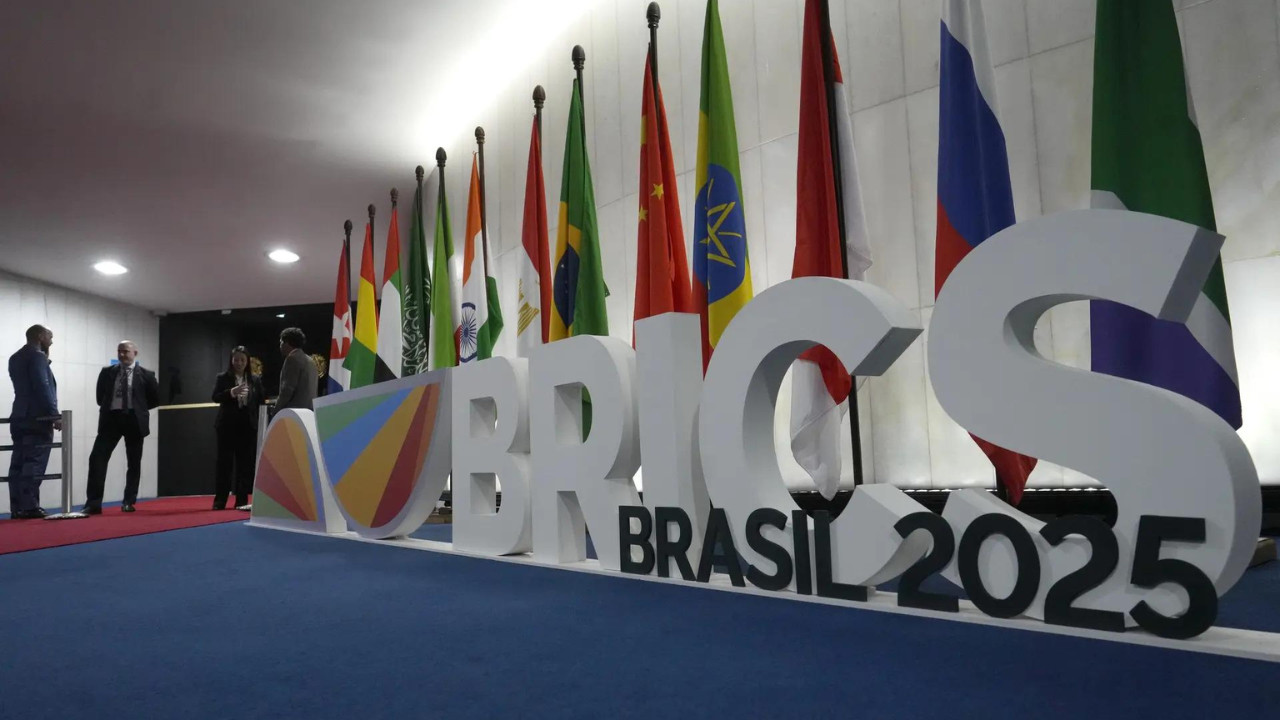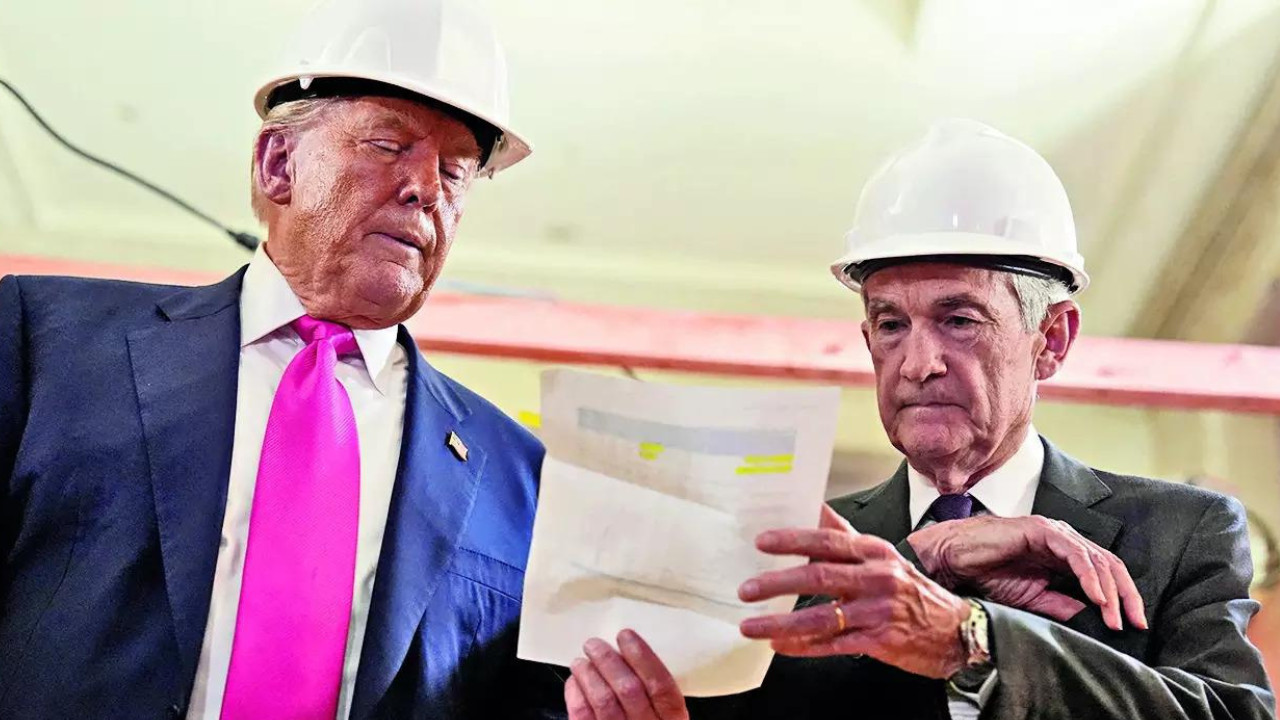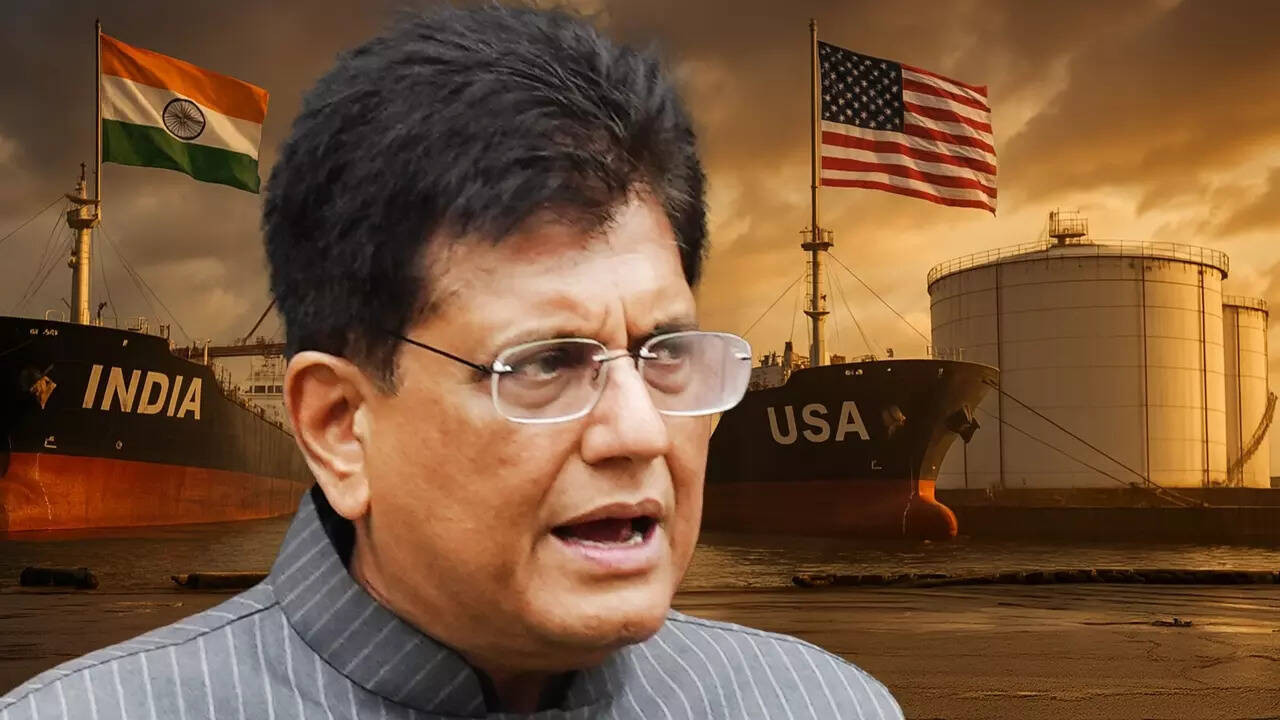Prime Minister Modi’s visit to Brazil for the Brics Summit underscores India’s commitment to deeper economic integration within the bloc. Business leaders are advocating for the removal of trade barriers and the promotion of local currency trade. India’s digital transformation is being showcased as a model for other emerging economies, with calls for sharing successful digital platforms across Brics nations.
Breaking Down Barriers: India’s Vision for Frictionless Trade within BRICS
The air crackled with ambition and a shared desire for a more equitable global economic landscape at the recent BRICS summit. While geopolitical undercurrents often steal the spotlight, the real engine room of these gatherings lies in the nitty-gritty discussions about trade, investment, and how to build stronger economic bridges between member nations. This year, India came armed with a clear agenda: dismantling barriers to trade and fostering a business environment where innovation thrives.
Forget the tired narratives of protectionism. India’s message was resoundingly pro-growth, advocating for streamlined customs procedures, reduced tariffs, and the removal of non-tariff barriers that can often strangle international commerce. Think of it like this: instead of navigating a maze of red tape, businesses should be able to move goods and services with relative ease. This isn’t just about boosting headline trade figures; it’s about empowering entrepreneurs, fostering competition, and ultimately, delivering better value to consumers.
The Allure of Local Currencies in International Trade
Beyond the call for frictionless trade, a particularly intriguing thread emerged: the increasing interest in using local currencies for trade settlements within the BRICS bloc. Imagine bypassing the US dollar altogether and conducting transactions directly in rupees, rubles, or yuan. The benefits are manifold. It reduces reliance on a single currency, mitigates exchange rate risks, and potentially lowers transaction costs, especially for smaller businesses that often struggle with hefty conversion fees.

This isn’t about dethroning the dollar overnight; it’s about building a more diversified and resilient financial ecosystem. The business leaders present at the summit voiced strong support for exploring these alternative mechanisms, recognizing the potential for unlocking new avenues for growth and strengthening intra-BRICS economic ties. The move towards trade without barriers is only bolstered by the use of more local currencies.
Digital Collaboration: The New Frontier
No modern trade conversation is complete without addressing the digital realm. India championed the idea of greater digital collaboration within BRICS, focusing on areas like e-commerce, fintech, and cybersecurity. This is crucial because the digital economy is no longer a niche sector; it’s the backbone of modern commerce.
Think about the possibilities: shared digital platforms for facilitating trade, harmonized regulations for cross-border data flows, and collaborative efforts to combat cybercrime. By working together, BRICS nations can create a more secure and efficient digital ecosystem, leveling the playing field for businesses of all sizes and fostering innovation across borders.
Moreover, embracing digital technologies can drastically reduce the administrative burden associated with international trade. Imagine a future where customs declarations are automated, payments are instant, and supply chains are transparent, all thanks to the power of digital innovation. This is the vision that India is pushing for, and it’s a vision that resonates deeply with the aspirations of a more connected and prosperous BRICS. Check out this article on how companies are leveraging supply chain management to improve trade efficiencies.
Navigating the Road Ahead
The path to frictionless trade and deeper digital collaboration isn’t without its challenges. Divergent regulatory frameworks, varying levels of technological development, and lingering geopolitical tensions can all act as roadblocks. However, the commitment demonstrated at the summit suggests a genuine willingness to overcome these hurdles and build a stronger, more integrated BRICS economic community.
India’s proactive stance, particularly its emphasis on removing trade barriers and embracing digital innovation, signals a clear vision for the future of BRICS. It’s a vision that prioritizes economic growth, empowers entrepreneurs, and fosters a more equitable global trading system. The real work, of course, lies in translating these ambitions into concrete action. But the stage is set, and the potential rewards are immense. The BRICS nations are poised to redefine their trade relationships for the better, and India is leading the charge towards a future of seamless trade.







